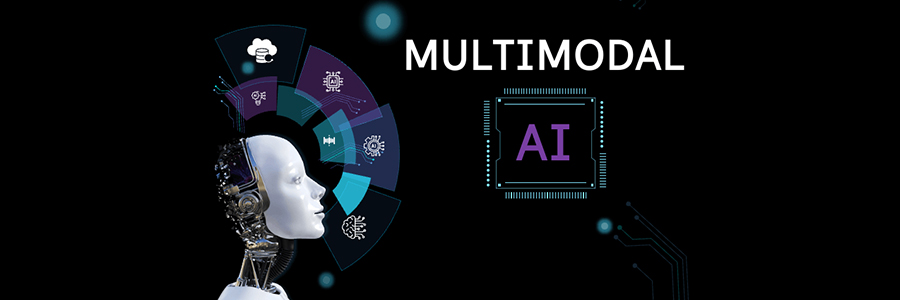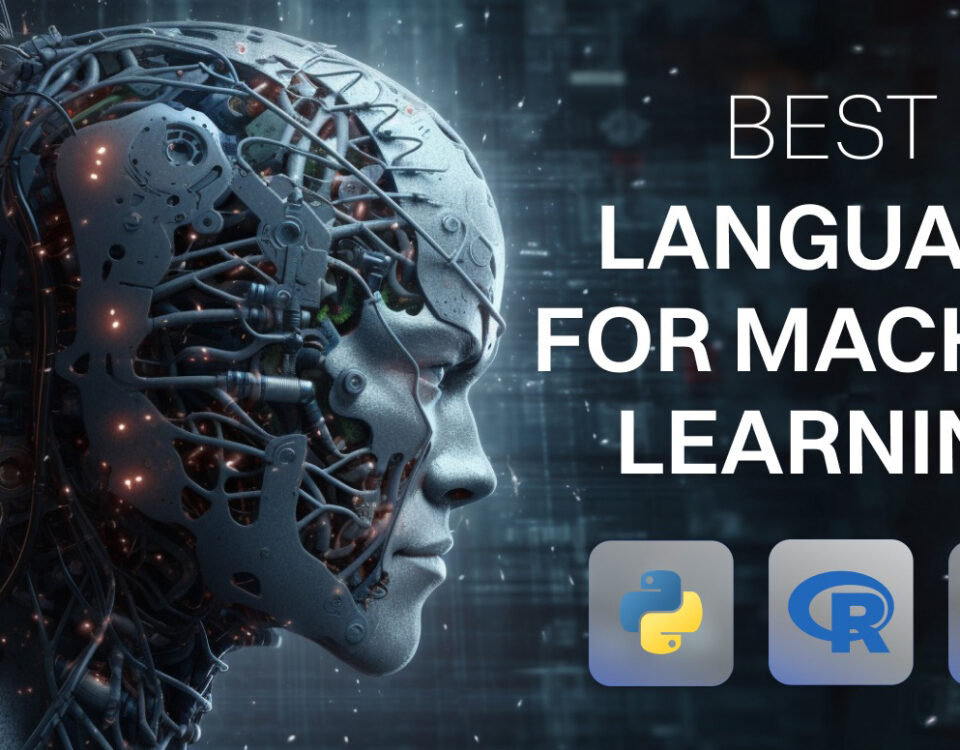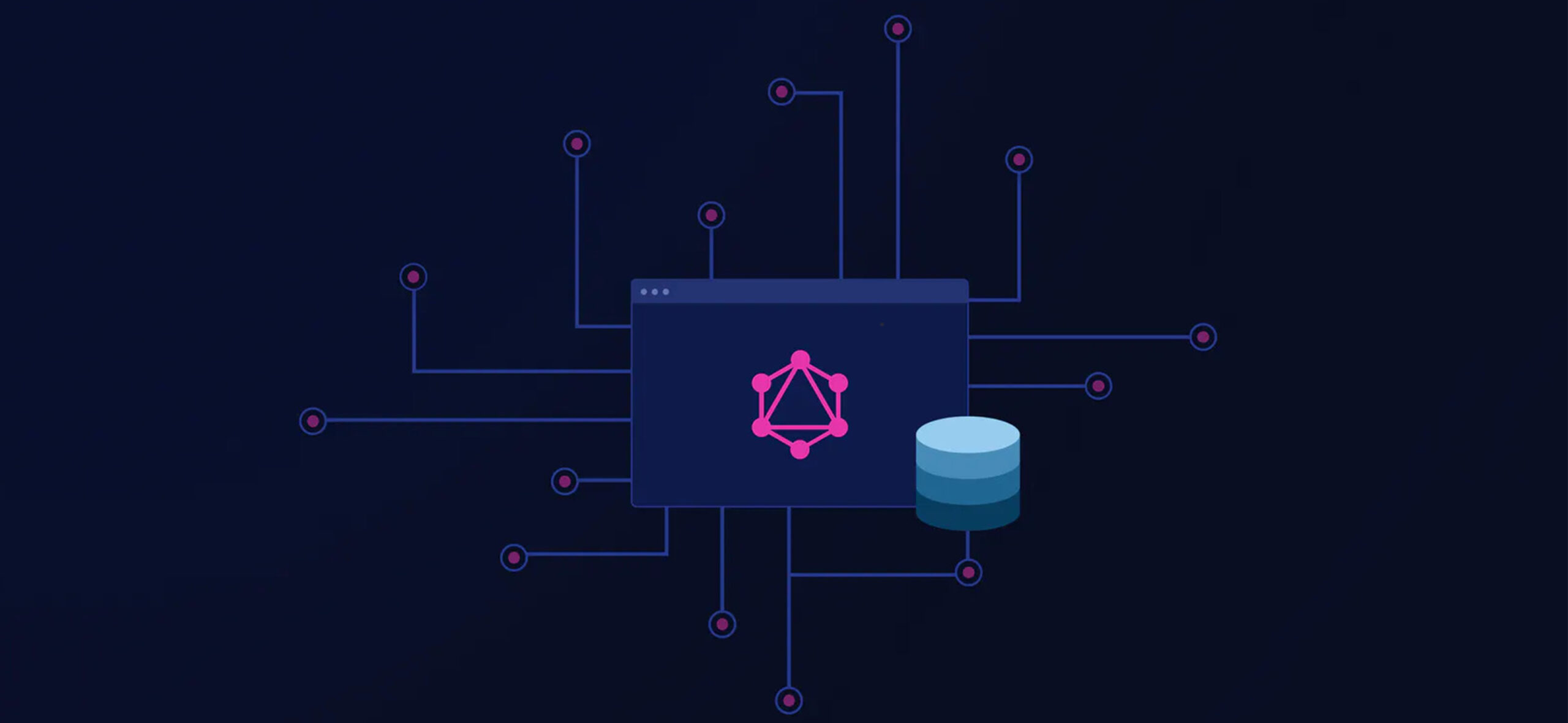
GraphQL Vs. REST APIs
1st May 2023
Cookies vs. Local Storage vs. Session Storage: What’s the difference?
4th May 2023Introduction
OpenAI’s ChatGPT is a large language model with the capacity to produce writing that resembles a human’s. It was trained on a massive dataset of internet text and is capable of a wide range of natural languages processing tasks, such as language translation, text summarization, text generation, and dialogue systems.
This blog post aims to explore the capabilities of ChatGPT in depth. We will examine how the model works, the training data it was built on, and its limitations. We will also look at various applications of ChatGPT, including examples of the model in action.
This blog post will provide a comprehensive overview of ChatGPT and its capabilities and a closer look at how it can solve real-world problems.
Understanding ChatGPT
ChatGPT is a type of language model known as a transformer model. It works by taking in a piece of text, such as a sentence or a prompt, and generating a response. The model is trained to predict the next word in a sentence, given the context of the words that came before it.
ChatGPT is fine-tuned from GPT-3.5, a language model trained to produce text. ChatGPT was optimized for dialogue by using Reinforcement Learning with Human Feedback (RLHF) – a method that uses human demonstrations to guide the model toward desired behaviour. (Source: OpenAI.com)
The training data used to create ChatGPT is a massive dataset of internet text, known as the WebText dataset. This dataset includes a wide range of text types and styles, such as articles, forums, and social media posts. By training on such a diverse dataset, ChatGPT is able to generate text that is similar to the way humans write.
Applications of ChatGPT Across Industries
In this section, we will explore how ChatGPT can be applied to help businesses leverage the power of Artificial Intelligence and Natural Language Processing.
1. Automated Customer Service
To learn more about what customers think of a product or service, use ChatGPT. Businesses can use this data to enhance their offers and guarantee that they are satisfying customer needs. ChatGPT is also a good option for this position due to its natural language processing (NLP) features, which allow it to determine what customers think about a product.
2. Sentiment Analysis
To learn more about what customers think of a product or service, use ChatGPT. Businesses can use this data to enhance their offers and guarantee that they are satisfying customer needs. ChatGPT is also a good option for this position due to its natural language processing (NLP) features, which allow it to determine what customers think about a product.
3. Automated Lead Generation
By interacting with potential clients and getting to know their needs, ChatGPT can create leads. You can use this data to customize marketing campaigns based on the interests and preferences of each customer.
4. Automated Sales Support
Personalized recommendations can be made using ChatGPT depending on consumer preferences. If clients were given the correct options, businesses could close more deals. ChatGPT excels at such activities because it comprehends complicated inquiries far better than other AI systems currently in use.
5. Chatbots & Conversational AI
ChatGPT’s capabilities in natural language understanding and generation make it well-suited for chatbot and conversational AI applications. By fine-tuning the model on a dataset of conversational text, it can learn to understand and respond to user input in a human-like manner.
6. Solve The Problem Of Unstructured Data
In the midst of the digital revolution, unstructured data is an inconvenience. They are challenging to manage, organize, and sort, which is the problem. Because it can transform unstructured data into structured data, ChatGPT is useful.

7. Using ChatGPT For Language Translation
One of the most promising applications of ChatGPT is language translation. The model is able to understand and generate text in multiple languages, making it a powerful tool for machine translation. By fine-tuning the model on a large dataset of bilingual text, it can learn to translate text from one language to another with a high degree of accuracy. This can be applied to a range of tasks, including document translation, chatbot translation, and website translation.

8. Summarization & Text Analysis
ChatGPT can be used for text summarization, which distils the most important information from a large text. This can be useful for a variety of applications, such as news summarization, product reviews summarization and research paper summarization. Additionally, it can be used for text analysis, such as sentiment analysis, topic modelling, and named entity recognition.
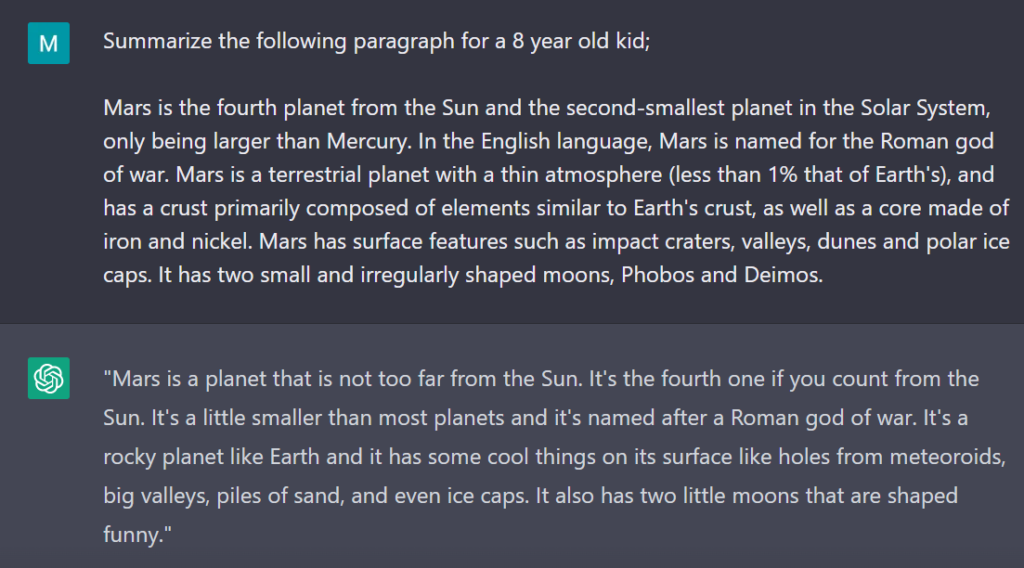
9. Debugging Code Using ChatGPT
ChatGPT can assist with identifying and troubleshooting errors in code by providing explanations, suggestions, and examples.
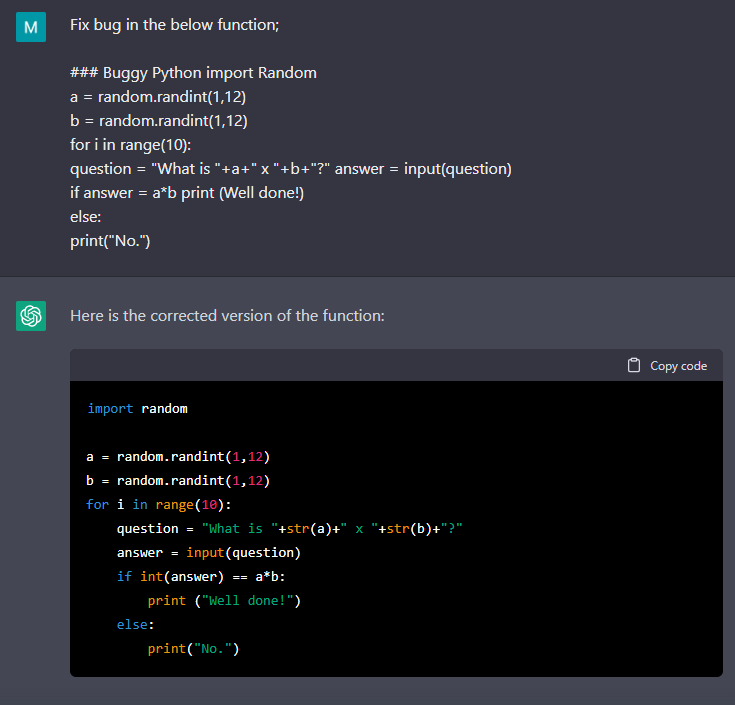
10. SQL Queries
From the text, ChatGPT may create SQL queries. Yet more tools to simplify your life. Every data scientist’s toolkit should include SQL. Of course, mastery is necessary, but having a strong grasp of SQL can help you in all aspects of your professional life.
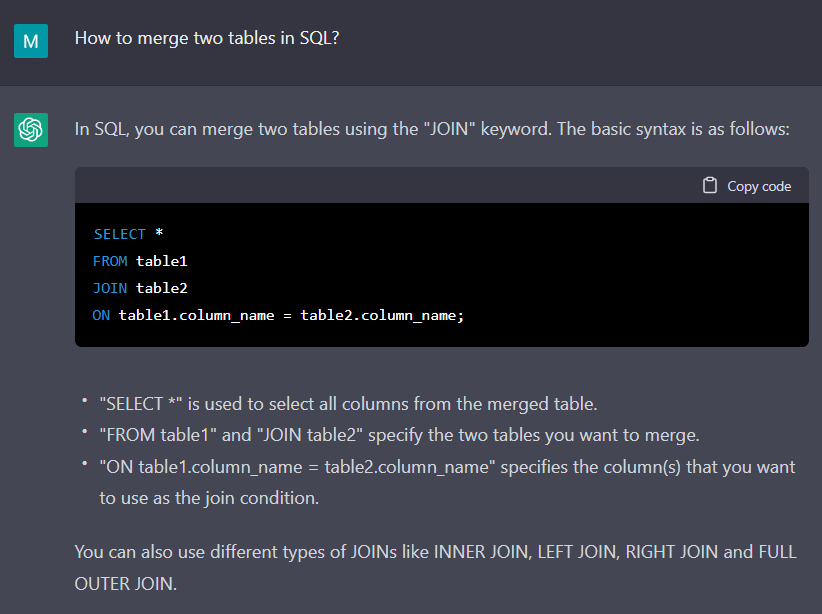
11. ChatGPT For Personalized Content Generation
Additionally, ChatGPT can be used to target particular individuals with the material. By training the model on a dataset of user data, businesses can use it to create tailored content like emails, social media postings, and product suggestions.
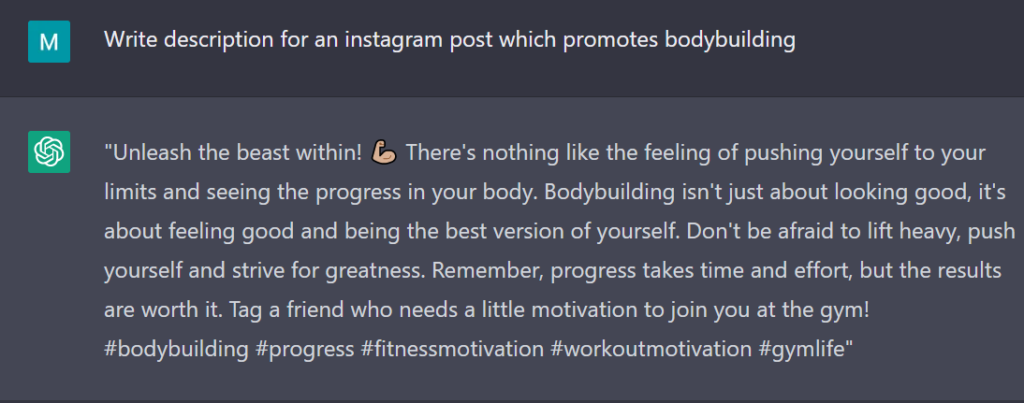
The following is an accurate overview by Mckinsey about the current applications of AI tools like ChatGPT in various fields;
- Marketing and sales: Crafting personalized marketing, social media, and technical sales content (including text, images, and video); creating assistants aligned to specific businesses, such as retail
- Operations: Generating task lists for efficient execution of a given activity
- IT/engineering: Writing, documenting, and reviewing code
- Risk and legal: Answering complex questions, pulling from vast amounts of legal documentation, and drafting and reviewing annual reports
- R&D: Accelerating drug discovery through a better understanding of diseases and the discovery of chemical structures.
These are only a few of ChatGPT’s many applications. As technology advances and improves, we expect to see more uses of it to improve businesses and speed up operations. ChatGPT is undoubtedly worthwhile to try if you’re looking for a powerful solution to help with content production, customer service improvement, or data analysis.
Limitations and Ethical Considerations of ChatGPT
ChatGPT, like any other AI model, has its own limitations. Despite its impressive capabilities, it is imperfect and may encounter certain challenges when applied to specific tasks or industries.
- Privacy and security concerns
The use of ChatGPT is accompanied by privacy and security concerns, as is the case with any system that handles sensitive personal information. A sizable text dataset that contains sensitive information including names, addresses, and other personal data was used to train the model. This raises questions about how this information might be used inappropriately and concerning data breaches.
- Bias in language models
Language models, including ChatGPT, can inadvertently perpetuate biases present in the data used to train them. For example, if a dataset used to train the model contains biased language or stereotypes, the model may generate biased text. This can lead to unfair or discriminatory outcomes in applications such as language translation, text generation, and chatbots.
- Possible negative impact on society
Using ChatGPT and other language models raises important ethical questions about their impact on society. For example, the ability to generate text that is indistinguishable from human-written text raises concerns about the spread of misinformation or propaganda.
Related Blog: https://xpertlab.com/what-is-chatgpt/
For More Info: xpertlab.com



